Fecal Occult Blood Fob Rapid Test Kit
One-Step Fecal Occult Blood (FOB) Diagnostic Kit For the qualitative and semi-quantitative detection of hemoglobin in human feces.
- Product Details
- Technical Specification
One-Step Fecal Occult Blood (FOB) Diagnostic Kit is an (immune & chemical method) combo rapid test for the quantitative and semi-quantitative detection of the hemoglobin in human feces samples. It is a simple, efficient, and non-invasive way to determine if there is occult bleeding in the digestive system. The positive test result of FOB is an early indication of gastrointestinal (GI) bleeding, polyps, or colorectal cancer (CRC).
Combined Advantages of Immune Method & Chemical Method (CE Marked)
Patented design, easy one-step operation to obtain combo test results
Greatly improve the detection rate of gastrointestinal (GI) bleeding
Detection cover both the upper & lower gastrointestinal tract
High sensitivity & specificity, more rapid & accurate
Advanced dry chemical reagent, more stable
No cross-reaction, more reliable
Not affected by the Hook Effect
Suitable for self-testing
User-friendly
More Convenient
Non-invasive tests
Room temperature storage
Easy to perform and interpret
No additional accessories or equipment required
MoreRapid & Accurate

Procedure of Fecal Occult Blood Fob Rapid Test Kit:
1.Get samples by a clean and dry container or bumf toilet paper.
2. Unscrew the top of the sample collection device and use the sample collection stick to collect the fecal samples by dipping the stick into at least 3 different sites of the same fecal sample or take 20-50mg (about soybean size).
3. Put the sample collection stick containing the sample back in the sample collection device and screw it tightly. Shake it very well.
4. If the specimen is not used immediately in the following collection, but is to be used within 7days it should be refrigerated, and brought back to room temperature before testing. The specimen also could be stored frozen at -20°C for a maximum of 3 months. Prior to testing, the frozen specimen must be completely thawed, thoroughly mixed, and brought to room temperature.
Allow the test, specimen, and/or controls to reach room temperature prior to testing.
5. Specimen collection. Please see also SPECIMEN COLLECTION.
6. Before opening, allow the test cassette to reach room temperature. Use it immediately after opening.
7. Place the test cassette on a dry, clean, non-absorbent flat surface, and break off the tip of the collection device and squeeze 2-3 drops of the extracted sample in the white area below the maximum line (MAX), and start the timer and wait for the colored line(s) to appear.
8.Read the Chemical Method results within 1 minute and read the Immune Colloidal Method result through the result window in 5 minutes.
9. Get the final result according to synthetically.
Result Interpretation:
Interpretation of Immune Collodial Method:
1.Negative: No red lines appear within 5minutes in the test zone (T), only a red line in the control zone (C).
2.Positive: One red line in the control zone(C) and one red line in the test zone(T).
3.Invalid: If no red lines appear, the test is invalid. Discard the test and repeat with the new specimen and new strip.
Interpretation of Chemical Method:
1. Negative: There is no color change of indicator in 1 minute after adding the specimen.
2. Positive: The color of the indicator changes from orange to yellow-green or dark green in 1 minute after adding the specimen
3. Invalid: If the color is mixed, the test is invalid. Discard the test and repeat with the new specimen and new strip.
The final interpretation:
If both of the Immune Colloidal Method and the Chemical Method show positive, the final result is positive, which indicates there is blood in the specimen.
If the Immune Colloidal Method shows positive while the Chemical Method shows negative, this indicates occult bleeding. The concentration of Hb in the specimen is much lower. The final result is also positive.
If the Immune Colloidal Method shows negative while the Chemical Method shows positive, this probably because the high concentration of Hb causing antigen excess, and have hook effect. It is suggested that the specimen be diluted 100 times and retested, if the Immune Colloidal Method shows positive, this indicates the digestivetractbleed profusely; if the Immune Colloidal Method still shows negative, this indicates some substances interfered, the result should be negative.
If both the Immune Colloidal Method and the Chemical Method show negative, the final result is negative.
If any one of the Immune Colloidal Method and the Chemical Method shows invalid, the test result is invalid, please retest with a new one.
Built-In Control
One-Step Fecal Occult Blood (FOB) Diagnostic Kit has a built-in procedural control that demonstrates assay validity. A red line appearing adjacent to the control zone (C) indicates that the test runs correctly.
Sample type:Stool
Detection type:Qualitative
Method: Colloidal Gold Rapid Test
Function: Diagnose
Certificate: ISO9001/ ISO13485/CE/NMPA
Format: Cassette, Strip, Uncut Sheet
Sensitivity: 95.7%
Specificity: 99.2%
Total Accuracy : 97.5%
Reading time :
Chemical Method ≤ 1 min (observe and compare with the color card)
Immune Method ≤ 5 min
Packaging Details:
Pouch+Box+Carton packaging
(1) With our company’s Logo
(2) With the natural package
(3) With OEM package
(4) ODM
Principle:
Colloidal Immunization Method: One-Step Fecal Occult Blood (FOB) Diagnostic Kit is an immunoassay for the determination of human hemoglobin (Hb) in feces. Antibodies to Hb are precoated onto the membrane as a capture reagent on the test zone. During the test, the specimen is allowed to react with the colloidal gold particles, which have been labeled with antibodies to Hb. If Hb is present, a red-colored line will develop on the membrane in proportion to the amount of Hb present in the specimen. To serve as a procedural control, a red-colored line in the control zone will always appear regardless of the presence of Hb.
Chemical Method: Hemoglobin has peroxidase activity which can cause peroxide to decompose then release oxygen atoms. The oxygen atom oxidizes 3, 3’, 5, 5’-tetramethyl-benzidine indicator, which has been combined with the kit to change the color. When the specimen contains a certain amount of Hb, the color will change from orange to yellow-green or dark green. A very high concentration of Hb may cause the color development to dark blue.

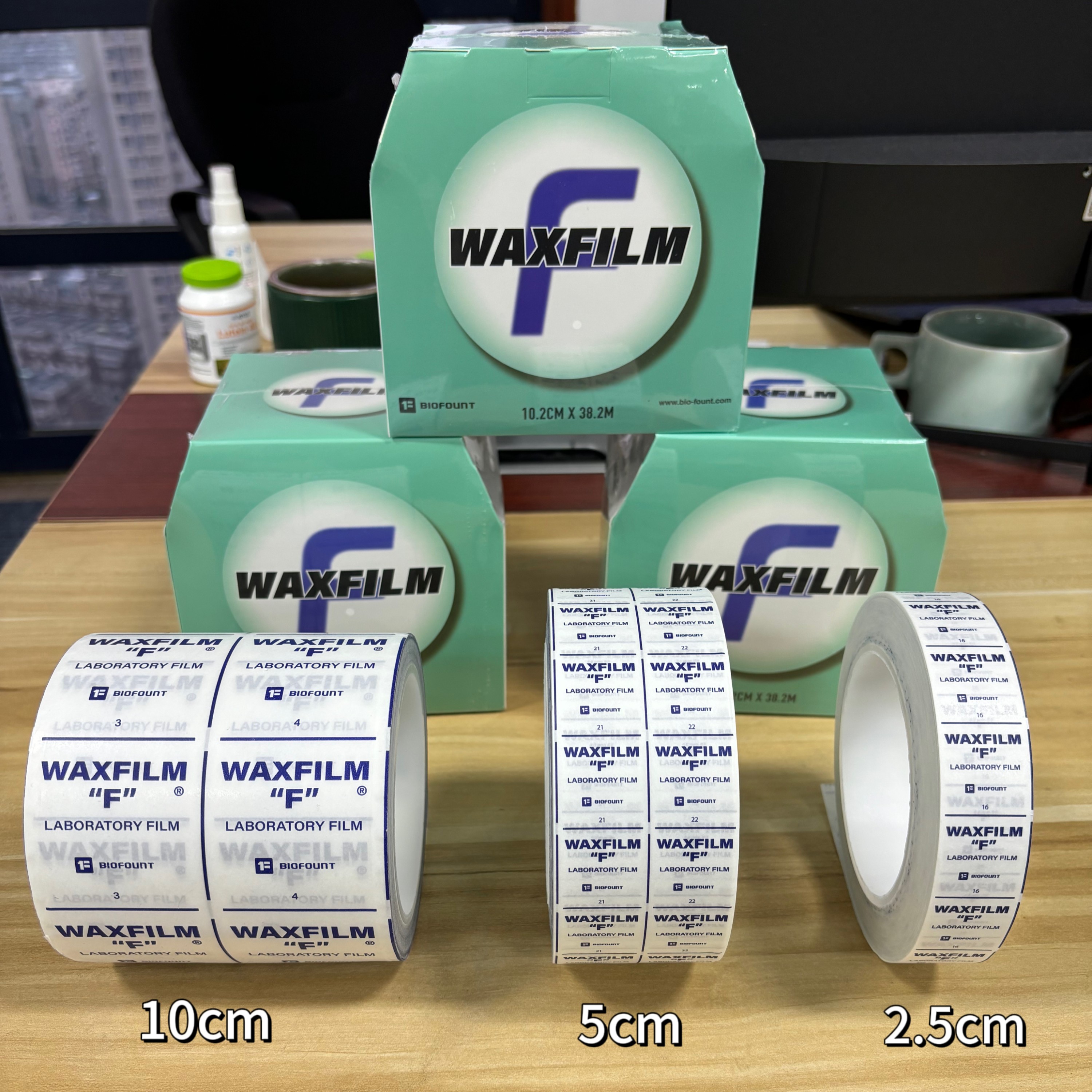 38m Waxfilm
38m Waxfilm 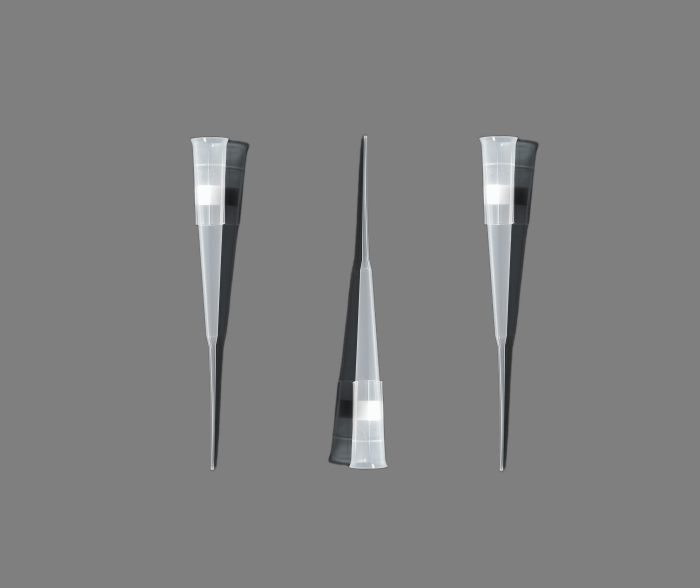 200ul sample tip
200ul sample tip 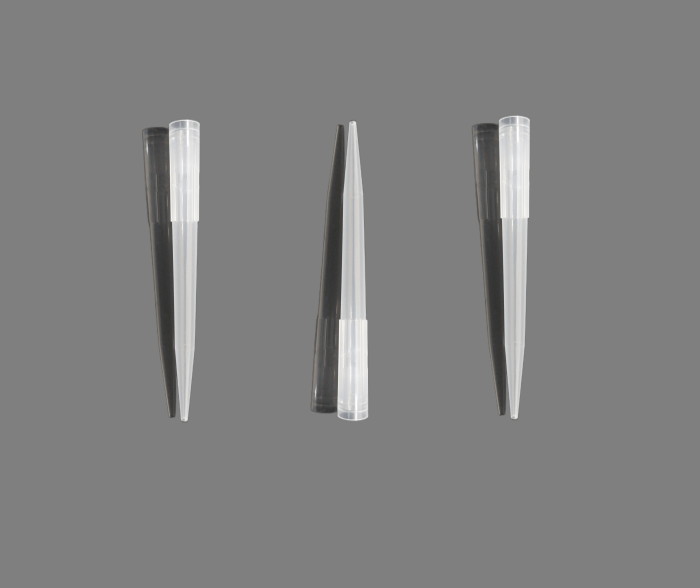 1000ul Wide Orifice Pipette Ti...
1000ul Wide Orifice Pipette Ti... 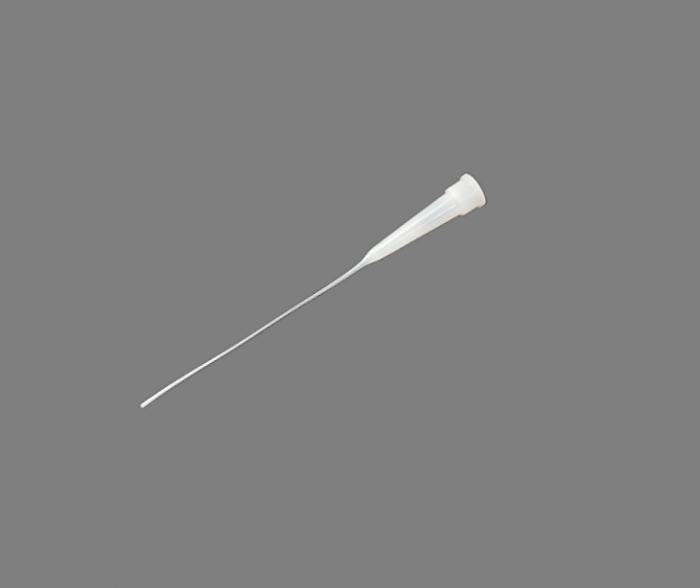 10ul microinjection capillary ...
10ul microinjection capillary ... 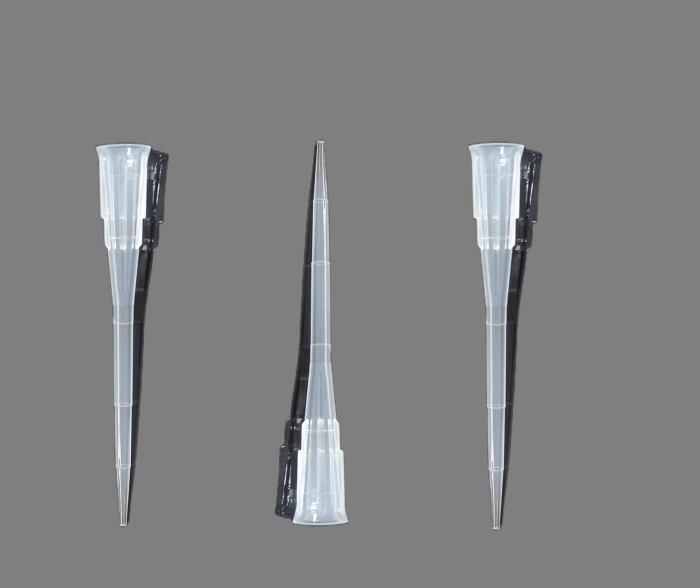 10ul extended tip
10ul extended tip 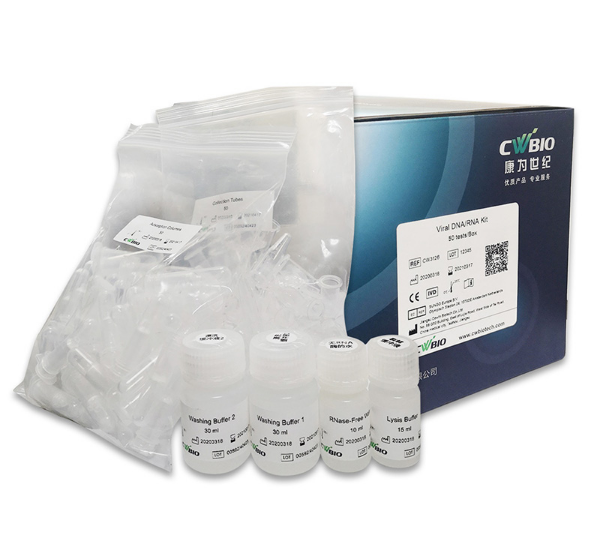 Viral DNA/RNA Kit
Viral DNA/RNA Kit 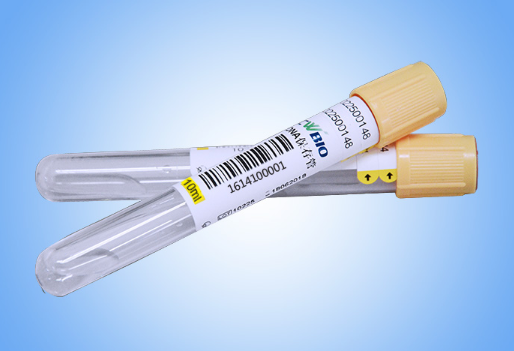 Vacuette Blood Collection Tube...
Vacuette Blood Collection Tube...  Pathogenic Microorganism DNA/R...
Pathogenic Microorganism DNA/R... 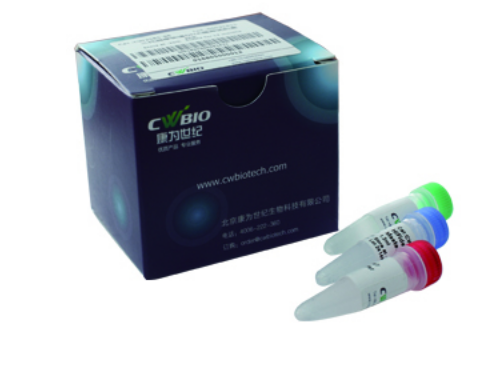 NGS TPH DNA Library Prep Set f...
NGS TPH DNA Library Prep Set f...  Magbead DNA Purification Kit (...
Magbead DNA Purification Kit (...  Monkeypox IgG/IgM Rapid Test C...
Monkeypox IgG/IgM Rapid Test C...  Hcg Pregnancy Test Uncut Sheet
Hcg Pregnancy Test Uncut Sheet  TP (Treponema Pallidum/Syphili...
TP (Treponema Pallidum/Syphili...  Serum Ferritin (SF) quantitati...
Serum Ferritin (SF) quantitati...  Fecal Occult Blood Fob Rapid T...
Fecal Occult Blood Fob Rapid T... 







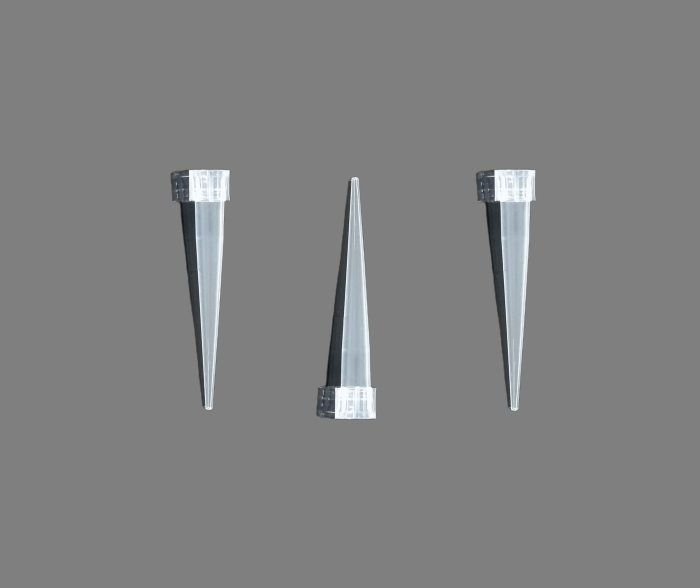
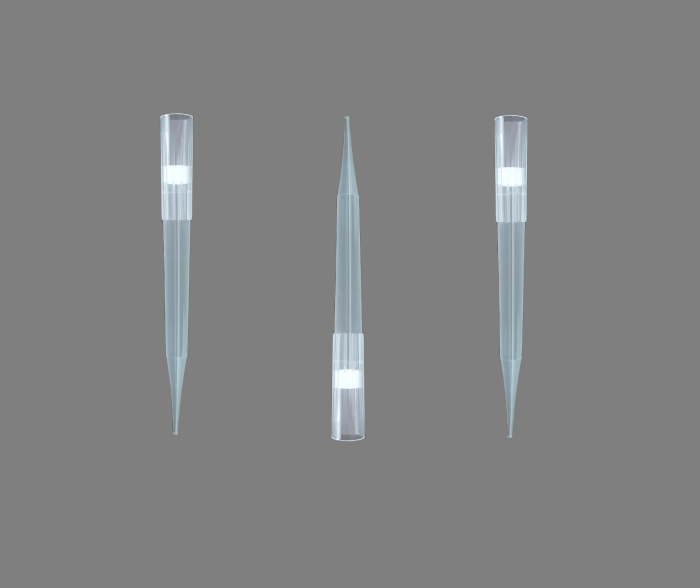
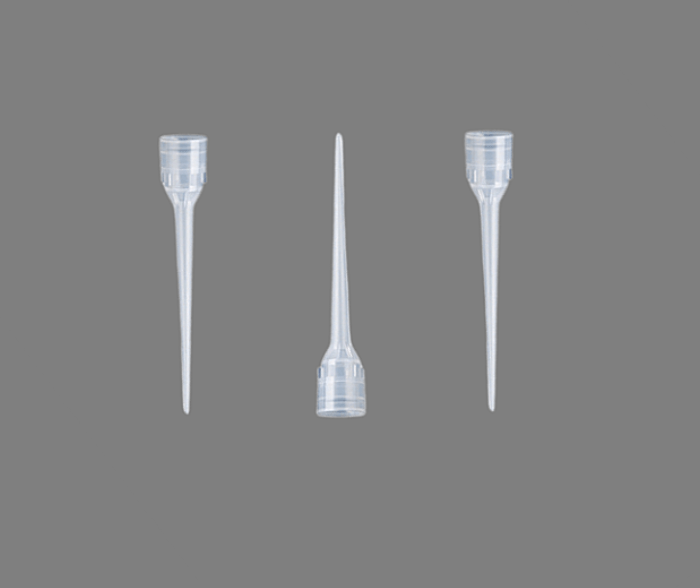
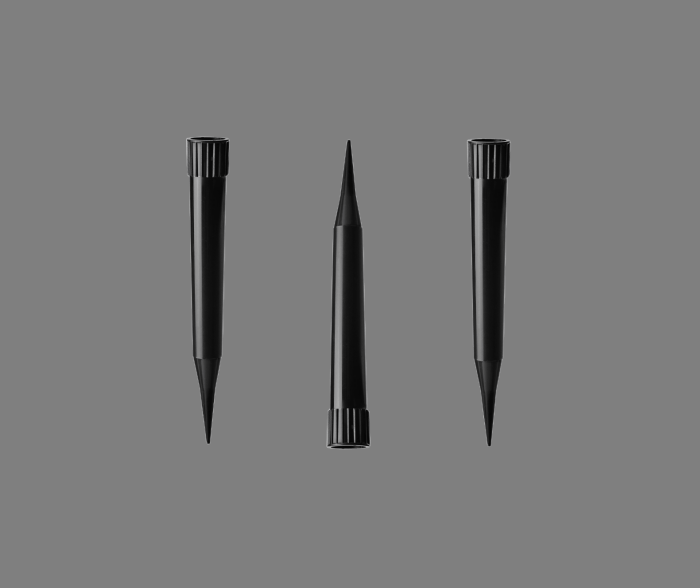
Pablo Villalpando –
Good product. I really like it so much.